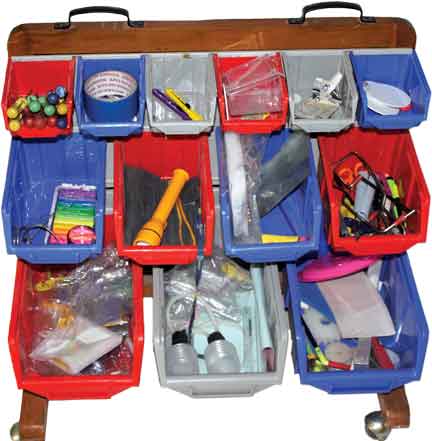 Today, innovation has become a pre-requisite for the survival and success of individuals as well as organizations. Stagnation is a sure way to regression. Can every individual and organization be innovative? Can innovation – as against invention – be cultivated? Surely, it can, because if it were otherwise, say, genetic, then spotting successful men and corporates will become as infrequent as finding a musician among the milling crowds. If we then agree that innovation can be cultivated and ‘practiced’, when do we start? From childhood, of course! That means, the space for innovation must be made available to the individual at least from his school days, if not earlier. For this article, let us confine ourselves, to the innovation spaces provided (or not provided) for children, at the school level, and its importance.
Today, innovation has become a pre-requisite for the survival and success of individuals as well as organizations. Stagnation is a sure way to regression. Can every individual and organization be innovative? Can innovation – as against invention – be cultivated? Surely, it can, because if it were otherwise, say, genetic, then spotting successful men and corporates will become as infrequent as finding a musician among the milling crowds. If we then agree that innovation can be cultivated and ‘practiced’, when do we start? From childhood, of course! That means, the space for innovation must be made available to the individual at least from his school days, if not earlier. For this article, let us confine ourselves, to the innovation spaces provided (or not provided) for children, at the school level, and its importance.
First of all, let us see what we mean by ‘innovation spaces’. Innovation space would perhaps mean the physical and mental space/ambience, provided by the school for the children, to cultivate and develop a yearning for innovation through creative application of the mind. This does not mean just providing them a ‘free period’ to think at random and some open physical space. It includes providing the basis for the thought process in the form of a principle, concept, problem, etc. (It doesn’t have to be only from the subject of science). It involves guidance, to start the rolling of the mind, and making available material and tools necessary for the young mind to experiment and explore. It also entails feeding their curiosity and letting their creative minds go beyond. Now, what happens when this process is available for the child? Does it let the mind fly free with unfettered thinking? Does it allow the child to seek answers for questions that did not exist before? Does it provide a basis for innovation by going beyond? Isn’t that what we are all looking for in our future generations? Isn’t that what helps individuals be innovative during the rest of their lives, whatever be their avocation – they do not have to be scientists or engineers by profession? It builds scientific temper in an individual and ingrains innovation as a way of thinking in them. That exactly is the importance of providing innovation spaces for children early in their lives. What better way to do this than through the schools.
The article has been contributed by Butterfly Fields, a company working in the domain of innovative teaching-learning techniques. Butterfly Fields also specializes in setting up innovation spaces, especially for science / math, in schools. To know more about the work the company does, visit www.butterflyfields.com or call 040 2771 1020.
